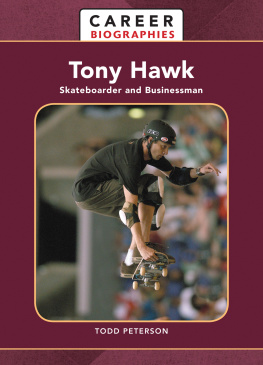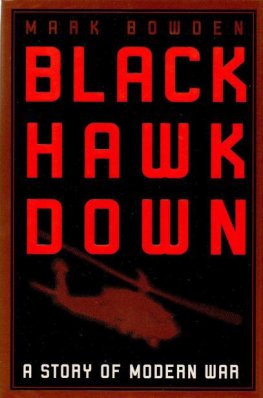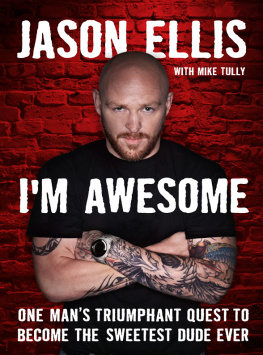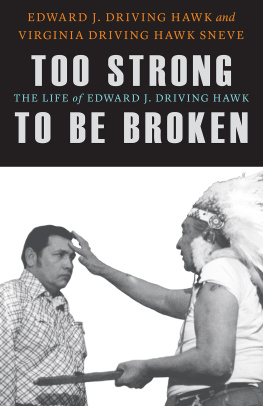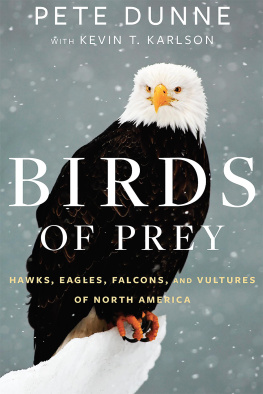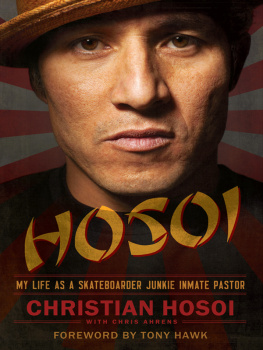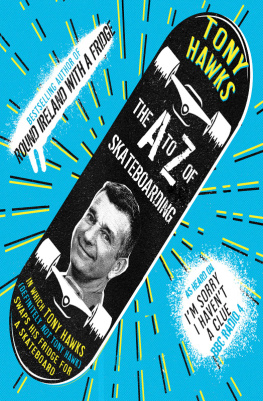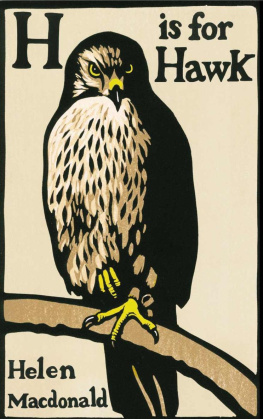Todd Peterson - Tony Hawk: Skateboarder and Businessman
Here you can read online Todd Peterson - Tony Hawk: Skateboarder and Businessman full text of the book (entire story) in english for free. Download pdf and epub, get meaning, cover and reviews about this ebook. year: 2013, publisher: Infobase Publishing, genre: Non-fiction. Description of the work, (preface) as well as reviews are available. Best literature library LitArk.com created for fans of good reading and offers a wide selection of genres:
Romance novel
Science fiction
Adventure
Detective
Science
History
Home and family
Prose
Art
Politics
Computer
Non-fiction
Religion
Business
Children
Humor
Choose a favorite category and find really read worthwhile books. Enjoy immersion in the world of imagination, feel the emotions of the characters or learn something new for yourself, make an fascinating discovery.
- Book:Tony Hawk: Skateboarder and Businessman
- Author:
- Publisher:Infobase Publishing
- Genre:
- Year:2013
- Rating:3 / 5
- Favourites:Add to favourites
- Your mark:
- 60
- 1
- 2
- 3
- 4
- 5
Tony Hawk: Skateboarder and Businessman: summary, description and annotation
We offer to read an annotation, description, summary or preface (depends on what the author of the book "Tony Hawk: Skateboarder and Businessman" wrote himself). If you haven't found the necessary information about the book — write in the comments, we will try to find it.
This biography features an exciting account of the life and career of Tony Hawk, the worlds most famous skateboarder, including his early days as a young skater in the seve
Tony Hawk: Skateboarder and Businessman — read online for free the complete book (whole text) full work
Below is the text of the book, divided by pages. System saving the place of the last page read, allows you to conveniently read the book "Tony Hawk: Skateboarder and Businessman" online for free, without having to search again every time where you left off. Put a bookmark, and you can go to the page where you finished reading at any time.
Font size:
Interval:
Bookmark:
Copyright 2013 by Infobase Learning
All rights reserved. No part of this publication may be reproduced or utilized in any form or by any means, electronic or mechanical, including photocopying, recording, or by any information storage or retrieval systems, without permission in writing from the publisher. For more information, contact:
Chelsea House
An imprint of Infobase Learning
132 West 31st Street
New York NY 10001
ISBN 978-1-4381-4595-2
You can find Chelsea House on the World Wide Web
at http://www.infobaselearning.com
The last Sunday in June 1999, a chilly, overcast San Francisco day, represented the sort of gray year it had been for Tony Hawk. That year had not been one of Hawk's best. The 31-year-old championship skateboarder was nearing the end of his career and had faced several difficult decisions. This particular day, however, would be one that Hawk and his fans would never forget.
ESPN's X Gamesa competition for extreme sports such as skateboarding, surfing, and BMX bike ridingwas wrapping up its fifth-year summer competition that Sunday in June. On Saturday, June 26, Hawk had earned the bronze medalhis eighth X Games medal overallwhen he finished a disappointing third on the vert ramp behind Bucky Lasek and Andy Macdonald. Vert, short for vertical, was the sort of ramp skateboarding style that Hawk had virtually defined during the past two decades. Unlike street skating, which focuses on natural obstacles like concrete and railings and was the other type of skateboarding featured at the X Games, vert skating grew to be dominated by the ollie-style tricks popularized by Hawk in the early 1980s.
The following day, during the best-tricks competition, Hawk skated with Lasek and Macdonald, as well as Colin McKay and Bob Burnquist, two other world-class champs. Halfway through the 30-minute competition, Hawk landed a varial 720. This move had Hawk riding up one edge of the ramp backward, spinning two full rotations with his body while grasping his board, and finally turning the board 180 degrees so that he rode back down the ramp facing one side while his board faced the other. His moves were right on, but the rest of the skaters were pulling their best tricks, too.
The varial 720 was the trick Hawk had counted on to win the contest, and with nearly 15 minutes left to compete and nothing else up his sleeve, he decided to try his luck with the 900.
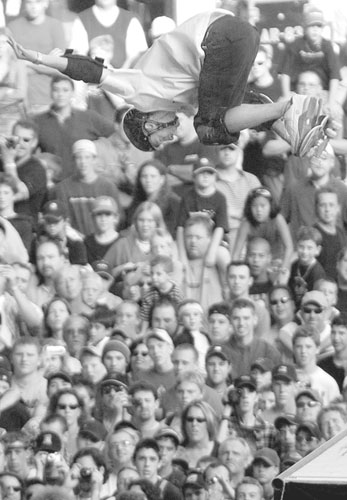
Tony performs one of the airborne tricks that have made him famous.
Source: Associated Press, CP.
The story of the 900 dated back 13 years. The 900 is a two-and-a-half revolution move for which a skater must gain the perfect height to rotate the necessary times and land upright on his or her board. Hawk had first imagined the trick in 1986 while teaching at a skating camp in France. While there, Hawk had been practicing 540sone-and-a-half revolutionswhen he imagined adding another 360-degree rotation to the trick. Even though he conceived of the trick long ago, he had barely attempted the move since then.
As Hawk explains in his autobiography, the 900also known as a 9required more than just tacking on an additional rotation to the 540: "We had learned 540s and then 720s, but the extra 180 degrees needed for the 9 was a nightmare. I felt I couldn't wind myself up that much and still maintain control. It wasn't a progression from the 720, but an entirely new trick." In order to pull a 9, the skater had to launch himself into the two-and-a-half spins and hit the board just right upon landing. There was only one option for not landing the trick: slamming into the ramp.
By the time the X Games rolled around in 1999, Hawk had plenty of experience slamming. For two decades he had continuously devised new tricks and strived to perfect old ones. When they did not workwhich was oftenhe crashed and burned. But the 900 was different. Failure to execute it meant more than scraped shins or bruised elbows. Falling meant a bone-rattling crash, a blow that could shake a skater to his very core. After 10 tries, says Hawk, it felt like walking away from a car crash.
In 1996 Hawk began working on the "900 problem" religiously. But finding a good place to skatenever mind a place with the proper layout to pull off the stuntwas difficult. Skating was just starting to regain the popularity it lost in the late 1980s, when it was at its peak. Skate parks were not plentiful, even in southern California, the land of skating and surfing.
Hawk started spending time riding with Danny Way and Colin McKay, both of whom skated for a company called Plan B. Their team had built a private indoor vert ramp in San Diego County. One day, while riding on Plan B's ramp, Hawk felt good about trying a 900. He had been practicing the move for some time and had been having himself filmed while he tried it. Later, he would play back the film and dissect his attempts. This day he felt particularly good. The time felt right.
As he spun around and completed the trick, he briefly realized he was standing on his boarda success!until he fell over and smacked the bottom of the ramp. He likened the feeling to skating into a wall. The result, he learned from his doctor, was a fractured rib.
After that Hawk gave the 900 a rest for a while. Other skaters continued to edge closer to completing the trick, but no one could get it successfully. Hawk became frustrated and tried the trick again, but also failedwith painful results.
By 1999 the 900 had become the stuff of legend. After landing the varial 720, Hawk thought he would try the trick in front of the thousands of skateboarding fans that had turned out that Sunday for the Games. As he tried one failed attempt at the 900 after another, Hawk zoned out. He knew he was not hitting his mark, but he felt incredibly close. The competition had wound to a close, the other skaters had left the ramp, but Hawk continued to skate.
As he repeatedly crashed to the ramp, he was vaguely aware of the announcer's voice informing him of his last try. But Hawk was determined. He does not remember each successive slam into the flat bottom. Nor does he recall hiking back up to the top of the ramp to try the maneuver again. But after 11 failed attempts, on the 12th try, Tony Hawk realized that he was successfully rolling across the bottom of the ramp, upright. "All I could think was, 'Finally!'" he wrote in his autobiography.
At the bottom of the ramp spectators and other skaters mobbed him. After 10 years of trying the 900, Hawk had successfully landed the impressive and dangerous stunt. Photographs of Hawk after the fact show a jubilant, shouting athlete with his fist raised to the sky. Amid a crush of cameras, reporters, and well-wishers, Hawk proclaimed June 27, 1999, "the best day of my life."
Tony Hawk, the youngest of four children, was born to Frank and Nancy Hawk on May 12, 1968, and by all accounts his entry into this world was a surprise to everyone. Tony's closest sibling, his brother Steve, was 12 years older than Tony. Besides Steve, Tony has two sisters, Patricia, who was 18 when Tony was born, and Lenore, who was 21 years old when Tony was born, both of whom were in college when Tony first came home from a San Diego hospital.
Tony thinks that it might have been this gap in age that explained the way his parents raised him. From the beginning Tony was an energetic andaccording to some peoplespoiled child. His parents, both nearing their mid-40s when he was born, were through raising children and had moved on to what Tony believes was more of a grandparenting phase. "Mom thought everything I did was cute, and I could do no wrong in my dad's eyes," says Hawk.
Font size:
Interval:
Bookmark:
Similar books «Tony Hawk: Skateboarder and Businessman»
Look at similar books to Tony Hawk: Skateboarder and Businessman. We have selected literature similar in name and meaning in the hope of providing readers with more options to find new, interesting, not yet read works.
Discussion, reviews of the book Tony Hawk: Skateboarder and Businessman and just readers' own opinions. Leave your comments, write what you think about the work, its meaning or the main characters. Specify what exactly you liked and what you didn't like, and why you think so.

